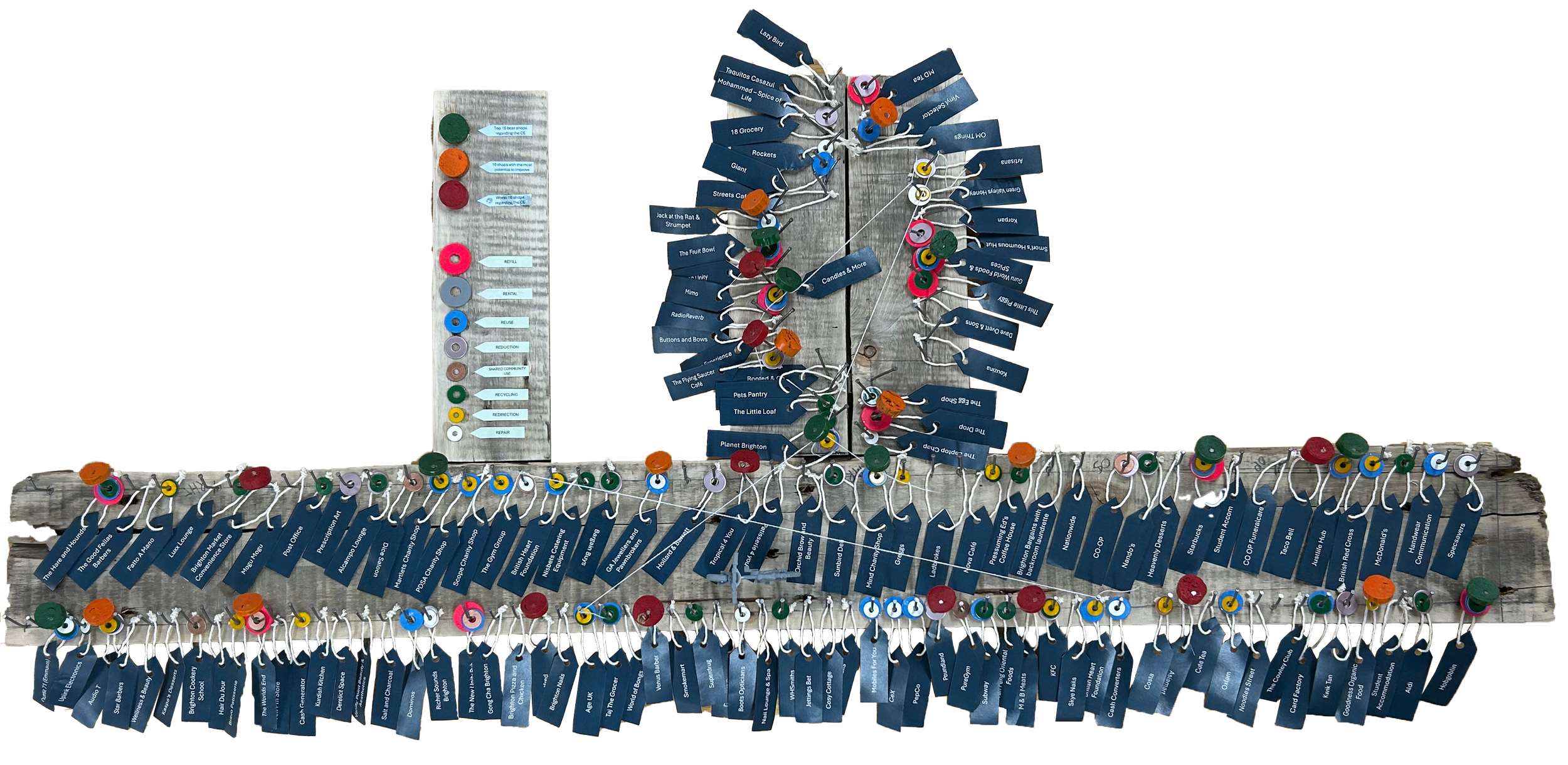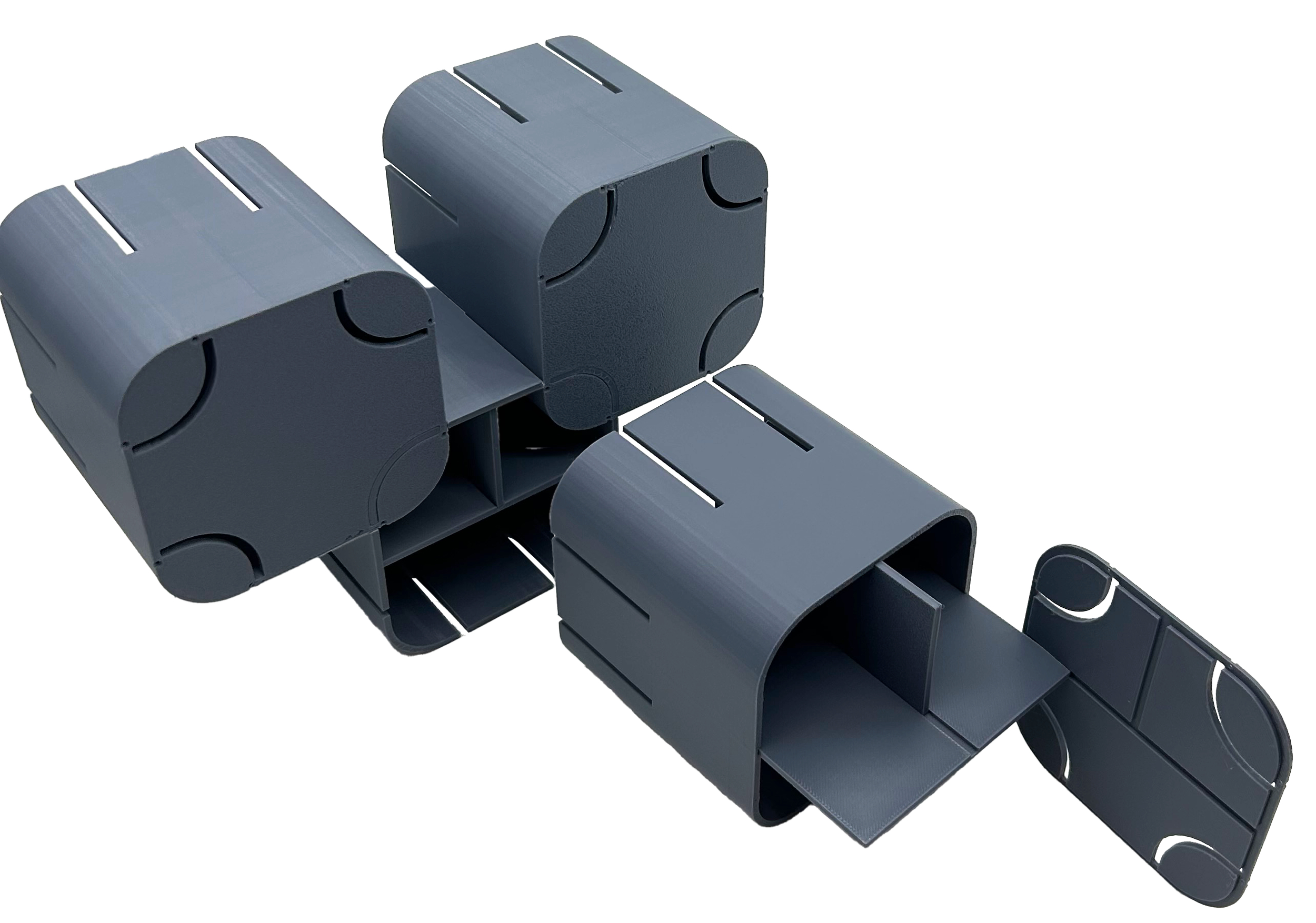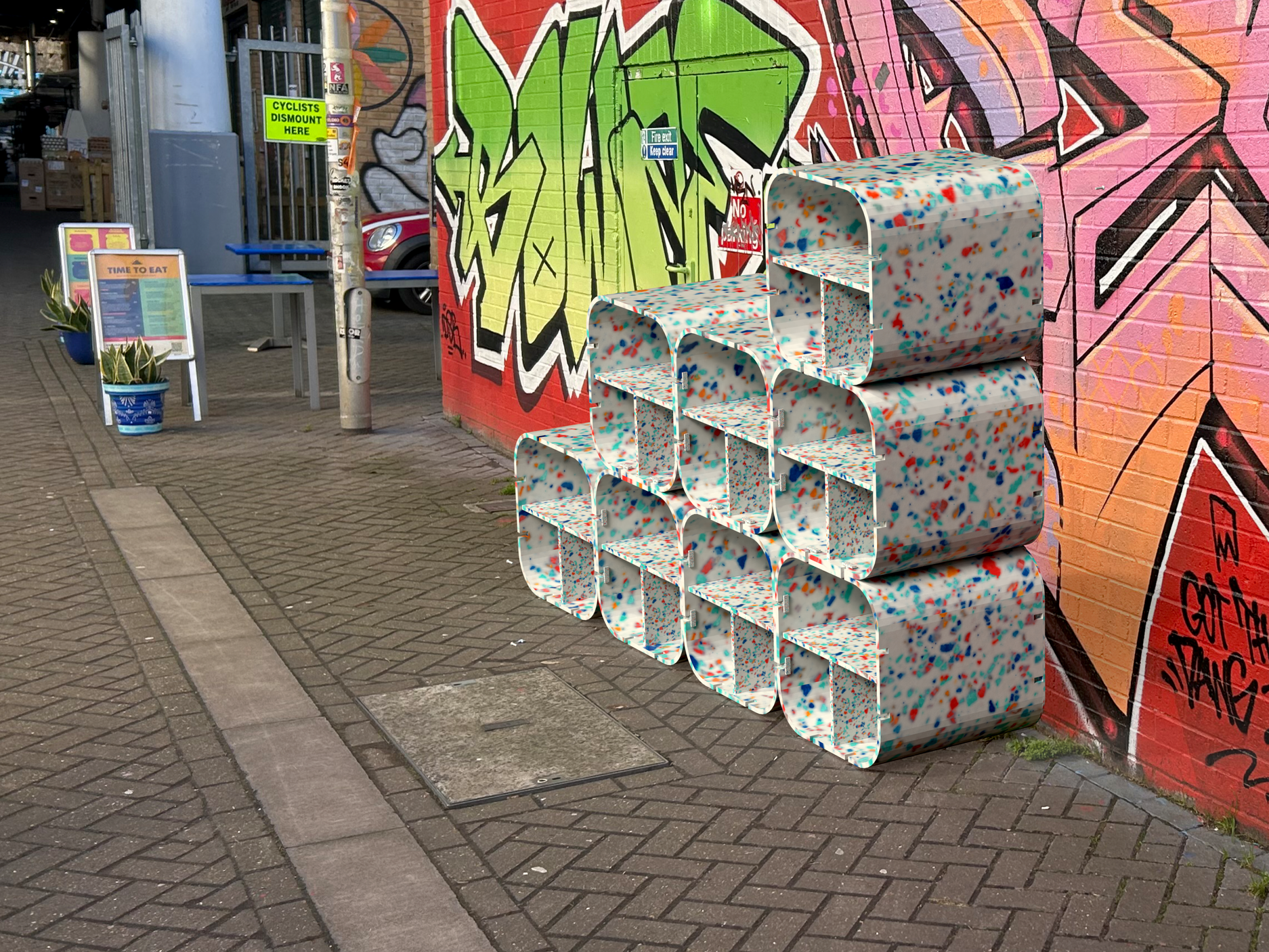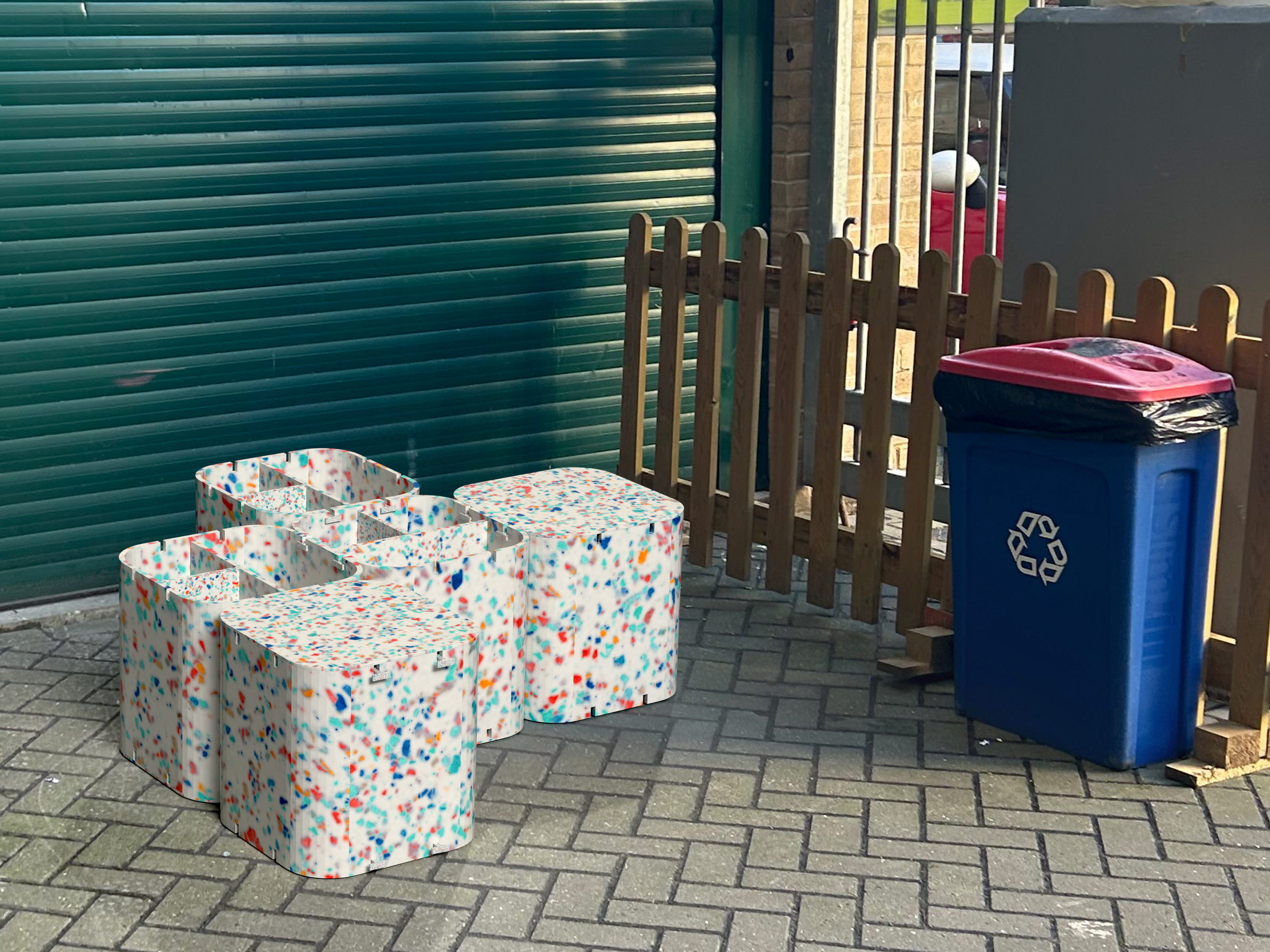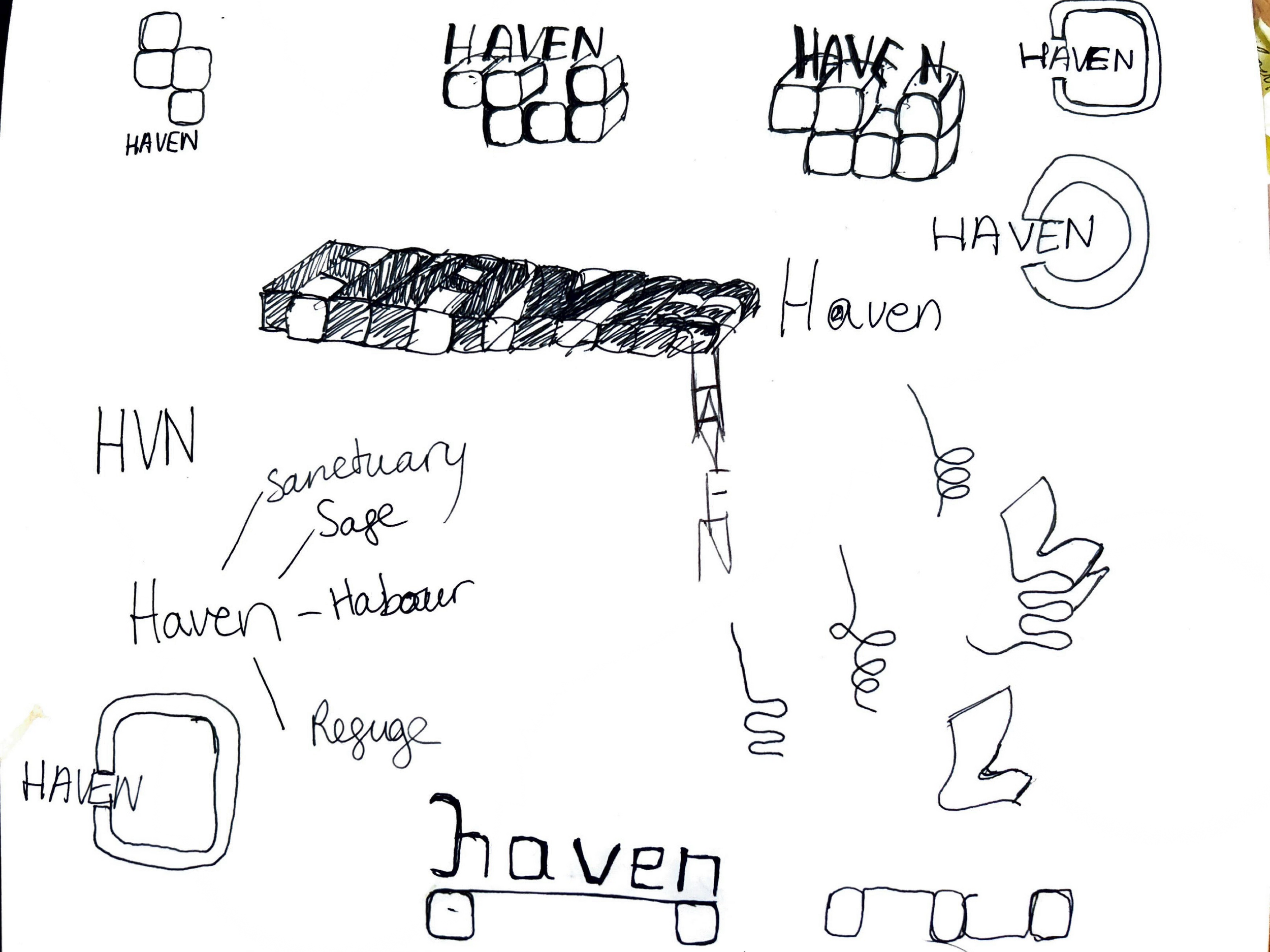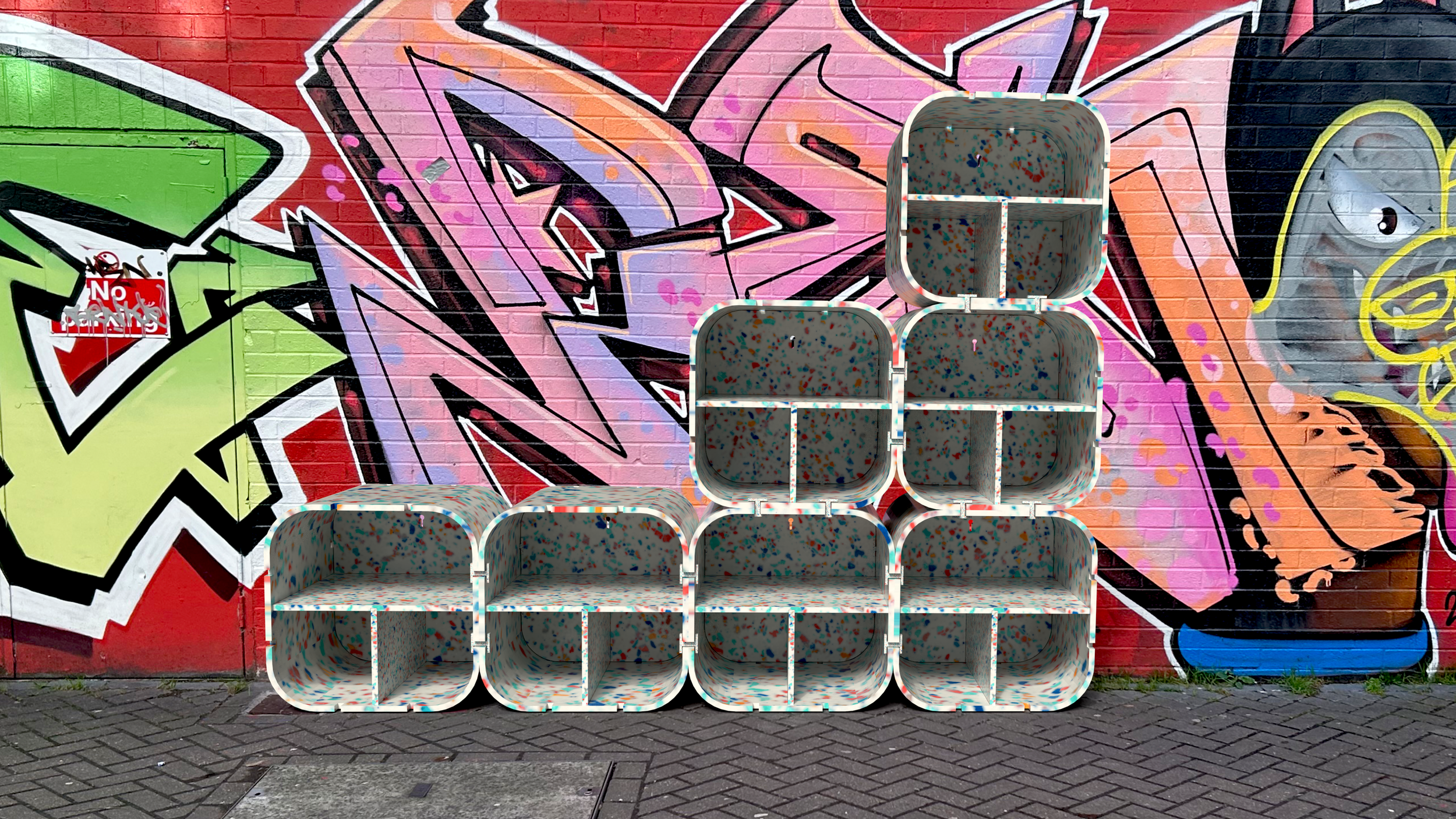
Designing Modular, Sustainable Infrastructure for a Community Free Shop
A circular economy redefines how we produce and consume.
It replaces the take–make–dispose model with one built on reuse, repair, recycling, and regeneration.
This project explores how design can enhance circular practices along London Road and within Brighton Open Market, focusing on strengthening community awareness and engagement through thoughtful, tangible interventions.
Observational studies, volunteering and interviews were conducted across London Road and the Open Market to identify existing circular practices and gaps some research found included:
Local reuse systems including Planet Brighton free shop, Artisana book exchange
Refill and reduction initiatives including MD Tea, Guru Spices
Community-driven recycling and repair activities
Opportunities Identified:
Textile waste repurposing in charity shops
Upcycling vinyls from Vinyl Selector
Food waste redistribution from cafés
Display and seating solutions using recycled materials
Reduction of fruit & veg
Rental of Beryl Bikes
Key Finding 1: The Open Market already operates on strong circular principles, making it an ideal location to enhance existing efforts.
Reuse of bees wax from honey
Community Free shop
Key Finding 2: The core opportunity identified was to strengthen the "Shared Community Use" and "Reduction" principles by improving the infrastructure of the Planet Brighton free shop.
London Road & Open Market Map
To visualize the network of circularity across London Road, I was tasked with creating a physical map that I made entirely from materials found locally:
Base: Waste wooden pallets from the Open Market
Markers: Used corks from Presuming Eds Pub
Connective elements: Nails, threads, and coloured washers represented the eight categories of circularity: Rental, Repair, Reuse, Reduction, Shared Use, Recycling, Redirection, Refill.
The key indicates what each colour marker means and clearly displays the research collected in a unique and engaging way. This tactile artefact captures real-world relationships and opportunities for improved resource loops and community connections. My map was chosen to be displayed in a pop-up circularity hub/shop for the public to interact with.
Planet Brighton: Understanding the Challenge
Planet Brighton is a completely free shop that redistributes donated goods to the community.
In 2023, 19.3 tonnes were donated; in 2024, over 50 tonnes — more than doubling in a year.
Key Problem:
Overstocking, limited storage, and no clear spatial flow hindered accessibility and social use.
Observations & Interviews with Founder Cat Fletcher:
Insufficient shelving and display space
Poor storage optimisation
Desire for outdoor seating and a more social, family-friendly environment
“It’s turned into a social hub for a lot of people as there is no pressure to buy anything” Cat Fletcher
Design Goal:
Create a modular seating and storage system that supports Planet Brighton’s mission by improving spatial efficiency, encouraging interaction, and promoting reuse.
-
Sophia Carter is a 25-year-old mother of two young children who lives with her partner in a compact flat, relying on the Planet Brighton free shop for affordable household items and toys due to a tight budget. For Sophia, the shop is a valued community hub, and her main pain points are the limited comfortable seating in the space, which hinders quality family time, and the struggle to afford varied resources for her children. She is motivated to strengthen her connection to the local community, spend more time together as a family, and teach her children about sharing and reusing resources, making her the ideal user whose needs drove the design for a safe, modular, and versatile seating and storage unit.
-
Planet Brighton, a free shop within the Brighton Open Market, faces challenges in optimizing its limited space to meet the dual needs of functional storage and comfortable, flexible seating. The current setup restricts the efficient display of items, reduces accessibility for visitors, and limits opportunities for promoting community engagement within and around the shop. There is a clear need for an integrated solution that maximizes the use of space, provides practical storage for donated items, and encourages visitors to linger, connect, and interact in a welcoming environment.
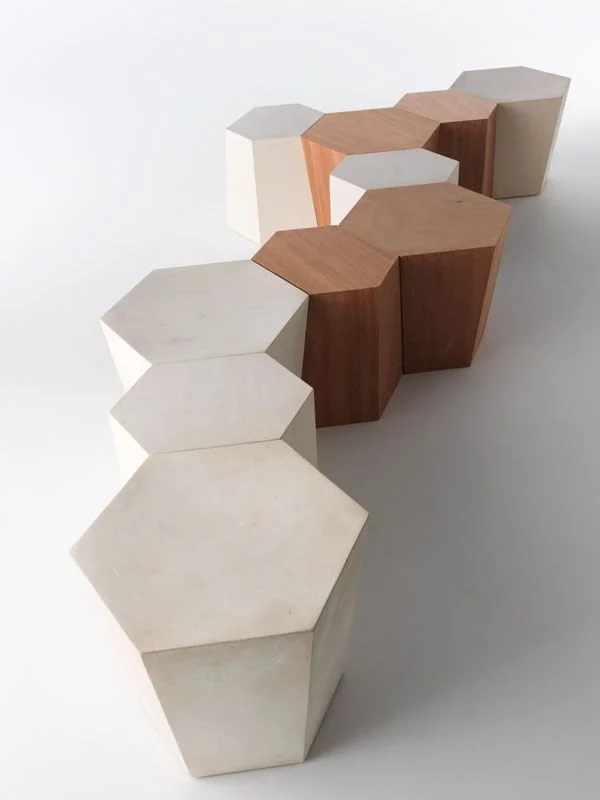
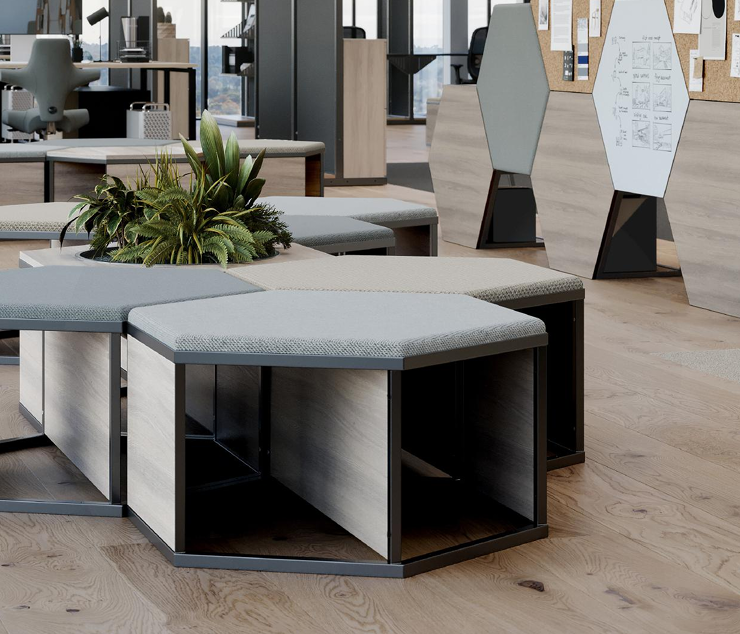




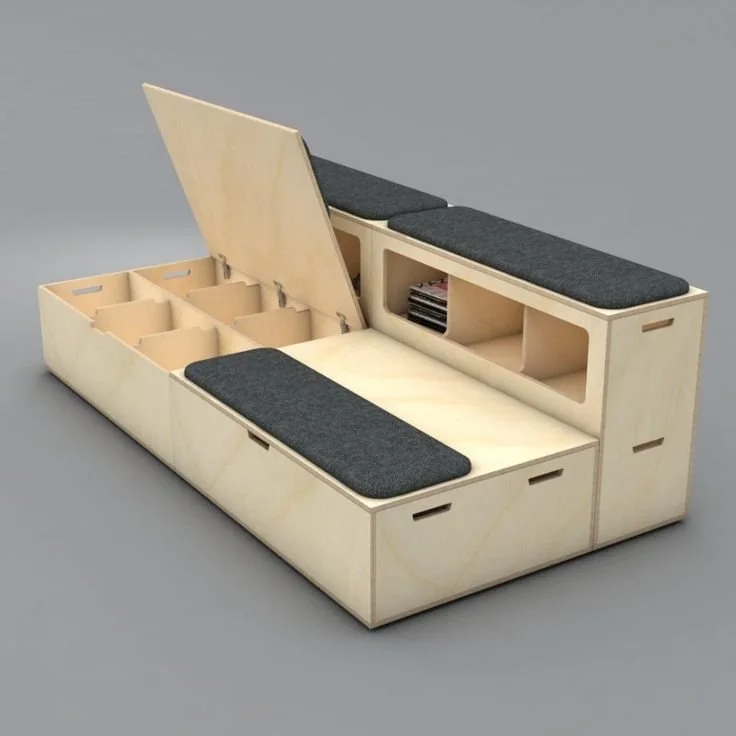

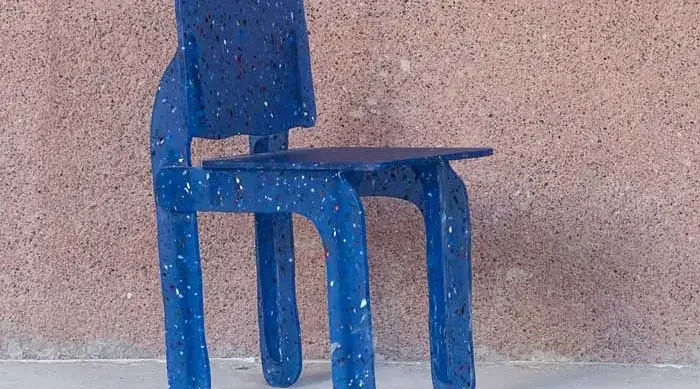


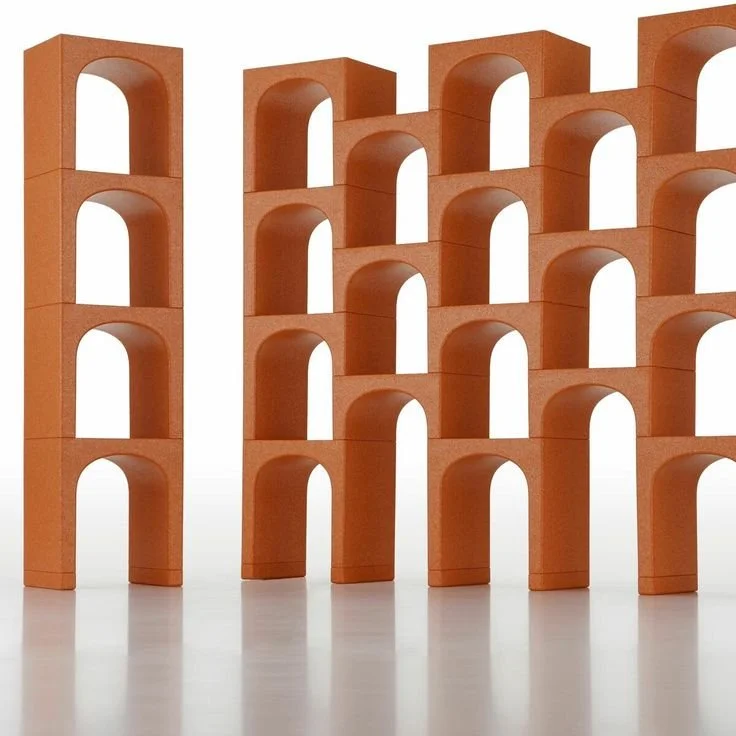
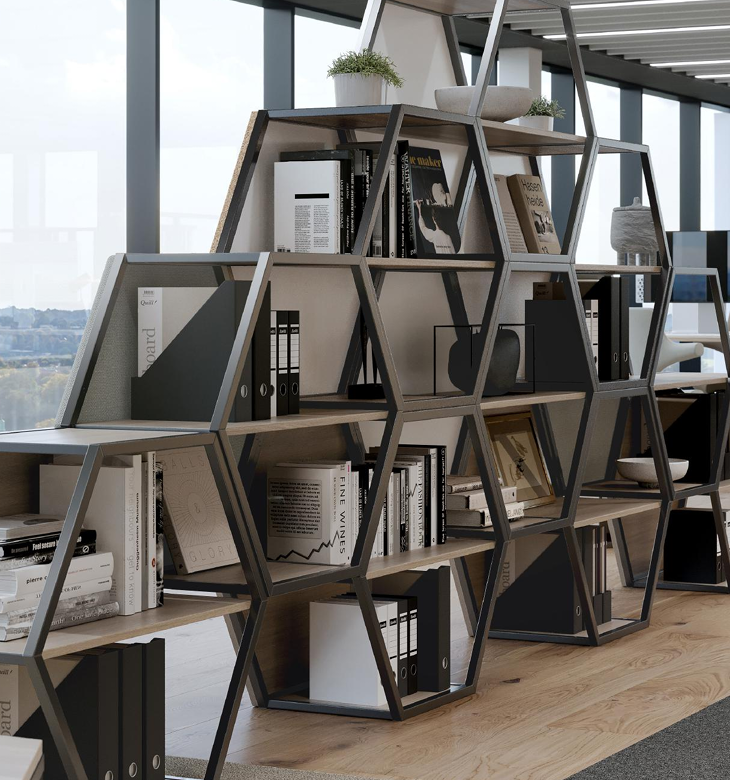
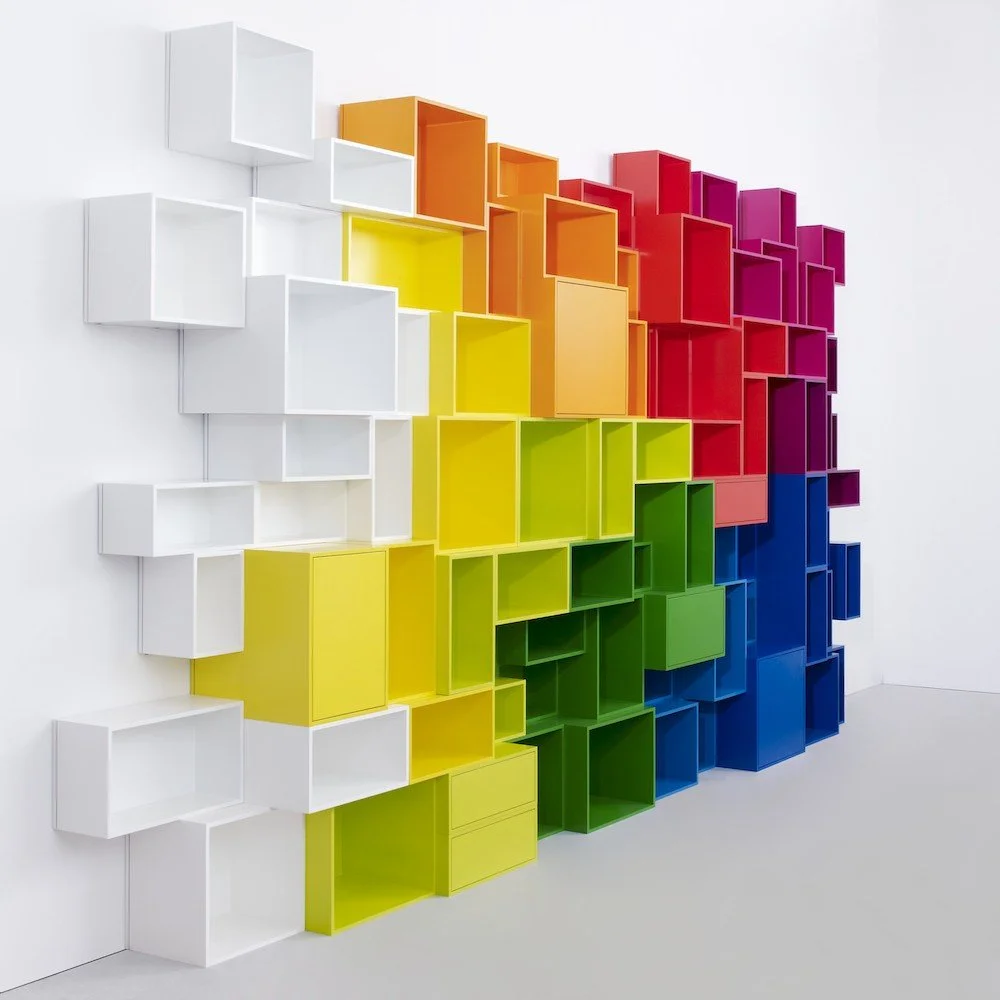



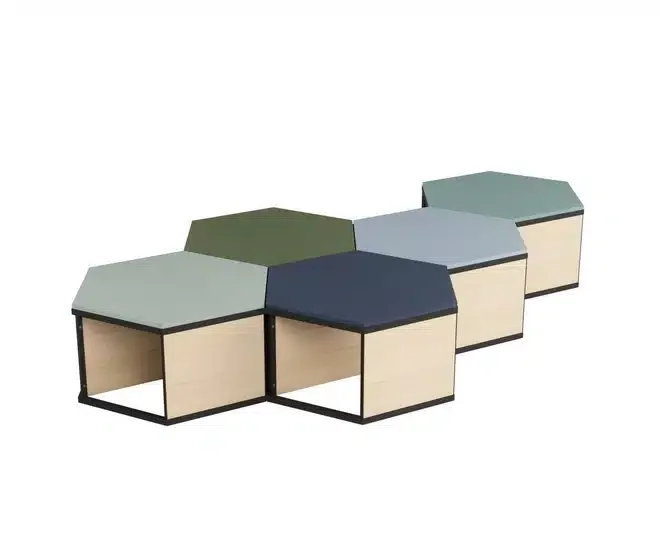

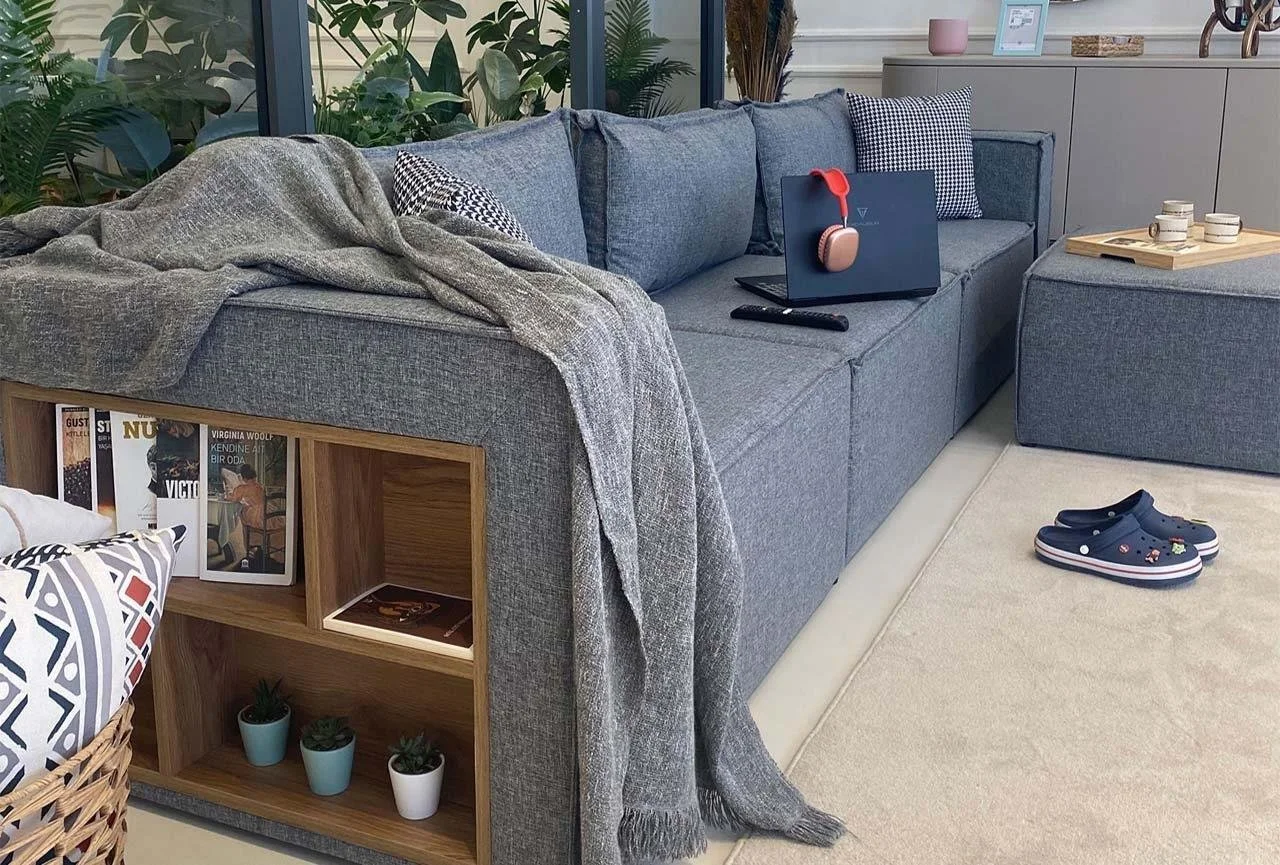
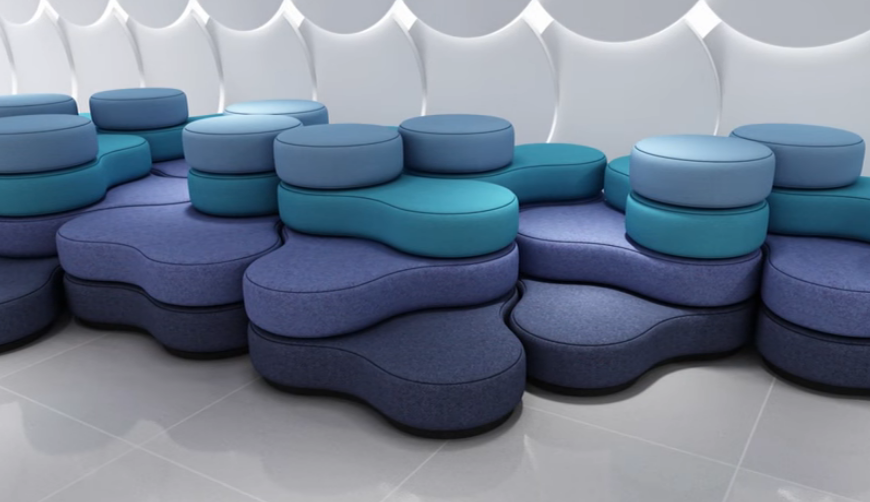
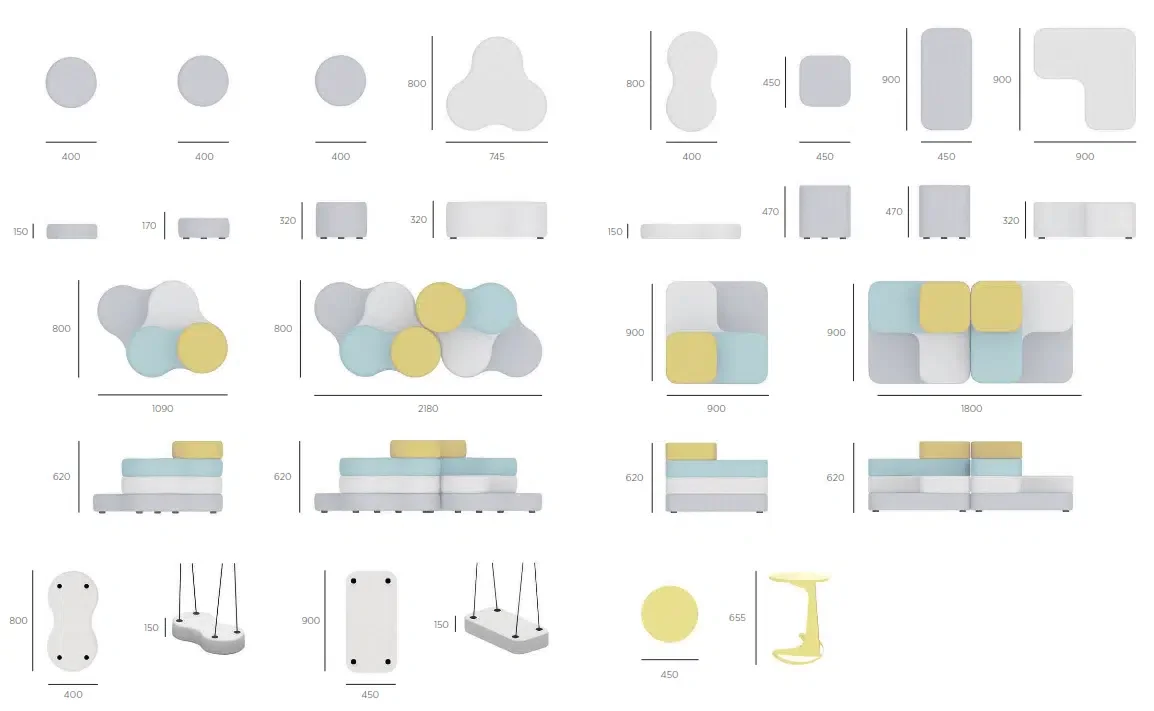


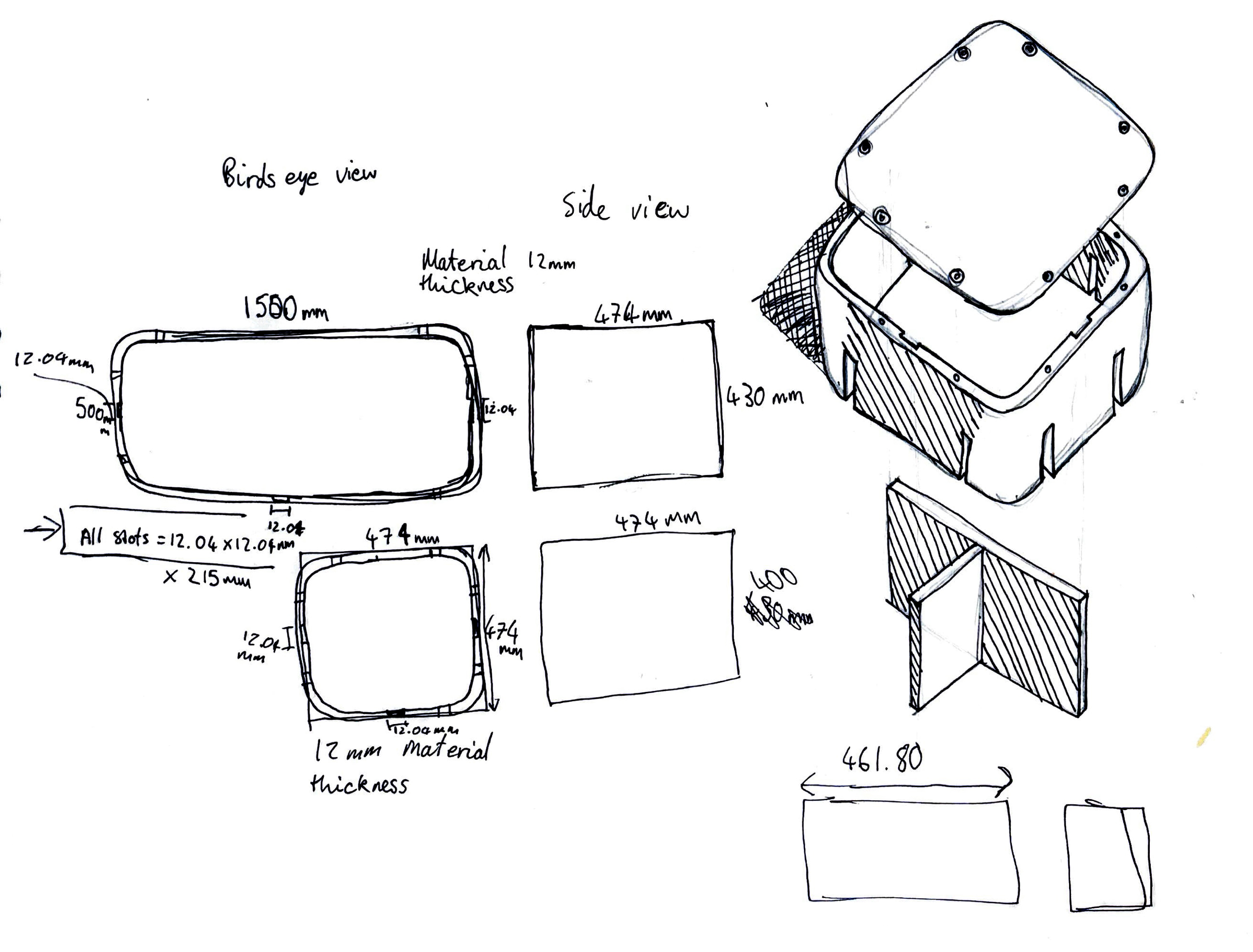
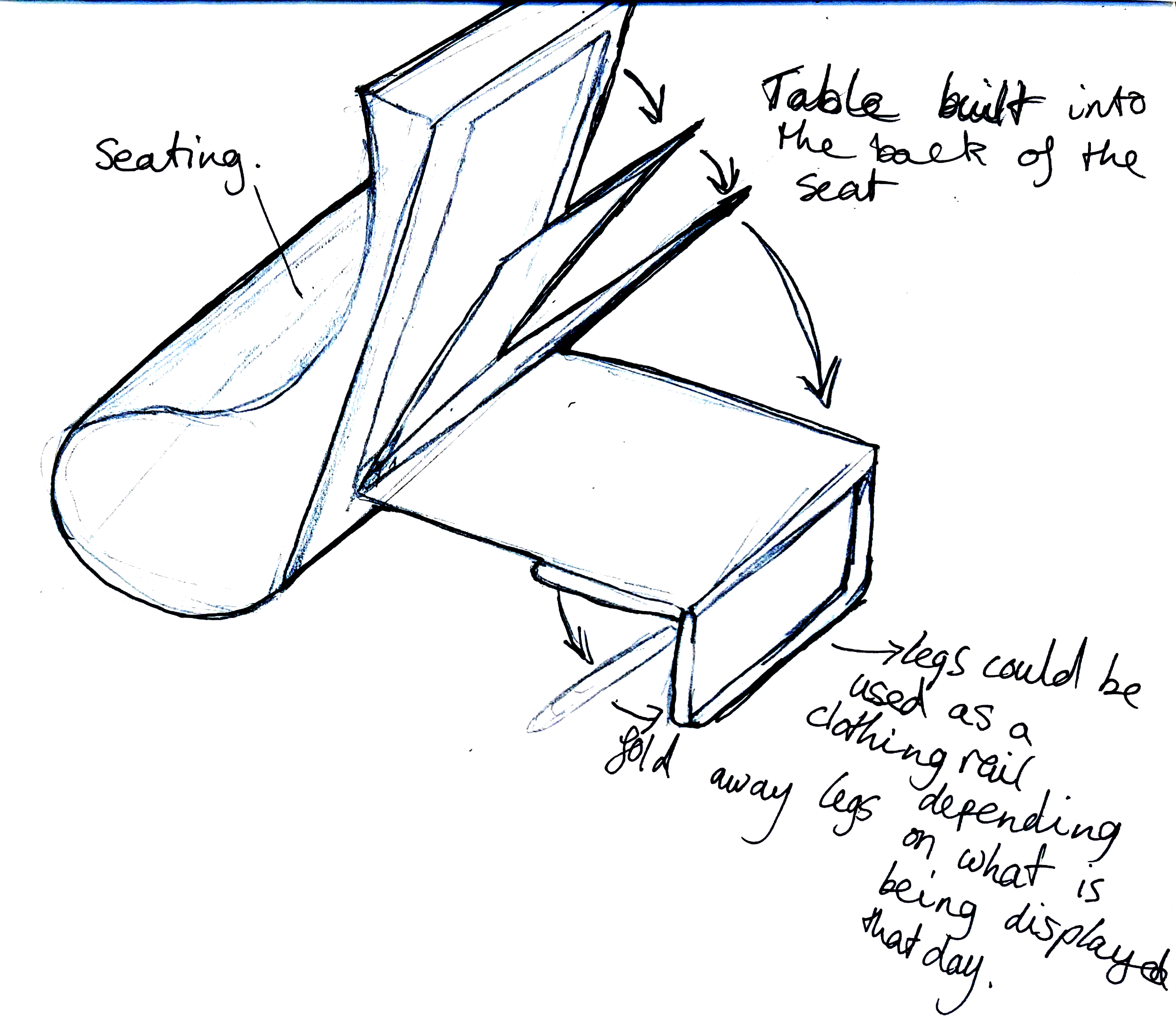




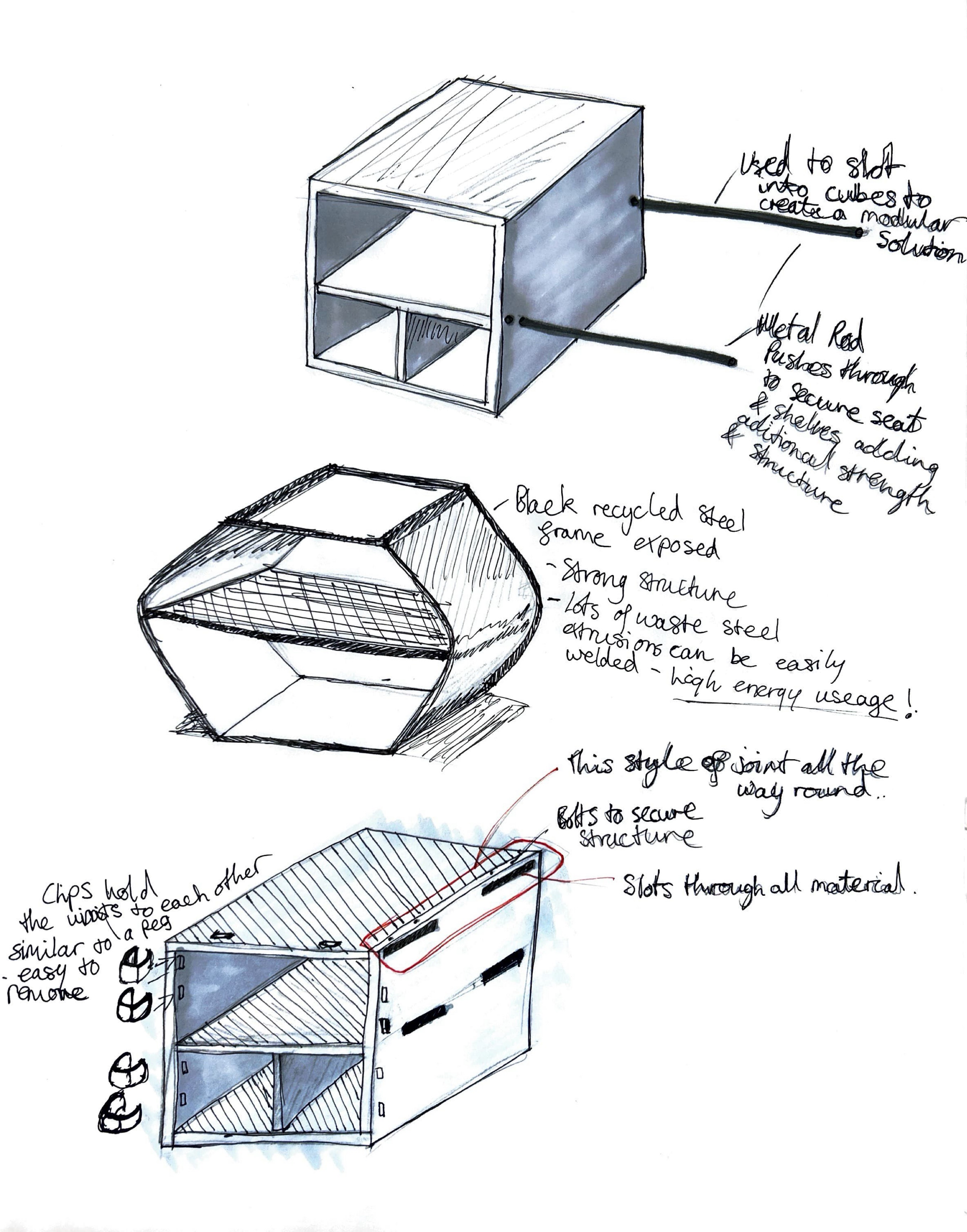

3D printed models were prototyped testing the interlocking system. Further tests were conducted on Solidworks:
Strength via SolidWorks simulation (100kg load)
Safety for children
Modular stacking and connection was developed through H-connectors
Key Features:
Dual orientation for storage or seating
Interlocking modularity without fasteners
Weather-resistant and durable for indoor/outdoor use
Community-friendly aesthetics in playful recycled materials
Adaptable to multiple configurations
Findings informed refinements:
Reduced slot depth for improved structural integrity
Added Smile Plastics Spectra for colour and sustainability
Enhanced connectors for stability
Manufacturing
Branding
The brand Haven symbolises safety, inclusivity, and community.
Logo design mirrors the form of the product, a closed loop, representing circularity, unity, and social connection.
Summary
Haven demonstrates how circular design principles can be embedded into everyday community spaces.
By merging functionality, sustainability, and social value, this project embodies what design for the circular economy should achieve: change, shared value, and enduring community benefit.
Social Impact
Environmental Impact
Economic Impact
Challenges
Encourages community interaction and sustainable habits.
Closed-loop production and material use
Designed for scalability through local manufacturing grants.
Material costs and one-off manufacturing logistics






